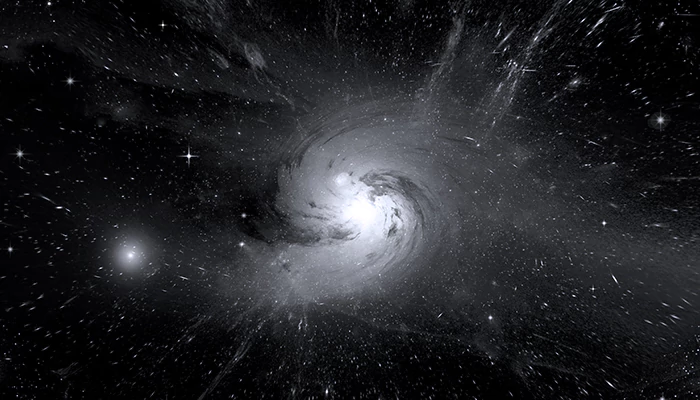Five Most Terrifying Exoplanets In Our Universe And What Sets Them Apart From Other Planets
Exoplanets are planets that orbit other stars outside our solar system. These range from deadly parent stars to lava planets – go ahead and explore some of these inhospitable alien planets.
- Satavisha
- 18 October, 2024
- 2 mins ago

Five Most Terrifying Exoplanets In Our Universe And What Sets Them Apart From Other Planets
Exoplanets are planets that orbit other stars outside our solar system. These range from deadly parent stars to lava planets – go ahead and explore some of these inhospitable alien planets.
Some exoplanets are believed by scientists to be very much like Earth, while others have bizarre atmospheres and sometimes orbit deadly stars. Exoplanets come in a variety of forms - some with hospitable Earth-like environments, while other worlds can be nicknamed “hell planets” for their scorching surfaces. Check out five terrifying exoplanets and what sets them apart from other planets.
WASP-12 b
In about 10 million years, WASP-12b will be destroyed by its parent star. The extremely hot parent star of WASP-12b is tearing apart the atmosphere of the planet, and the extreme gravitational force is causing massive tidal forces that are forcing the planet to stretch into the shape of an egg. The surface temperature of this planet is nearly 2,210°C, and Nasa dubbed it “the ultimate Frankenstein creation”.
AU Microscopii b
AU Microscopii b is blasted constantly with fatal X-rays and other harmful radiation from its parent star. It is one of the youngest planetary systems that the astronomers have observed, and its star is known for throwing vicious temper tantrums. This wicked young system holds the planet captive inside a disc of spectral dust and constantly torments it with lethal blasts of radiation.

Corot-7 b
This planet is 60 times closer to its parent star than the Earth is to our sun. Its star is nearly 360 times larger than the sun in the sky. During its daytime, Corot-7 b can reach 4,700°F (hot enough to vaporize or melt rock). This planet has a locked position - half of it always faces the sun, while the other half is bitter cold with a temperature of about 392°F. Therefore, this planet is said to hold two hells in one.
PSR B1257+12 b
Scientists describe this planet as one of the creepiest among all. PSR B1257+12 b orbits a pulsar - a fast rotating neutron star comprising the dense core of a bigger star that exploded. The planet is inhospitable, and it faces constant bombardment with radiation from its parent star.
TOI-849 b
The atmosphere of TOI-849 is gradually stripping away from being very close to its star. The planet is nearly 40 times the mass of Earth, and it barely has any atmosphere. TOI-849 b embraces its parent star so tightly that one trip around the latter takes less than a day on Earth.
Nasa has so far discovered 4,401 planets and exoplanets beyond our solar system, and the number is truly impressive.





